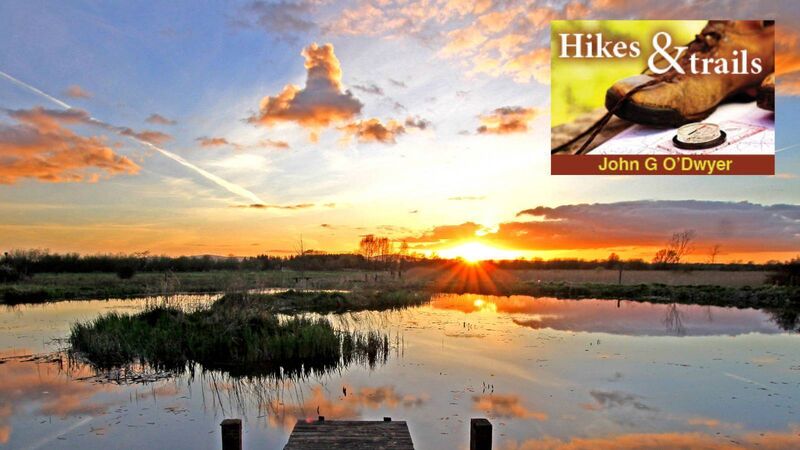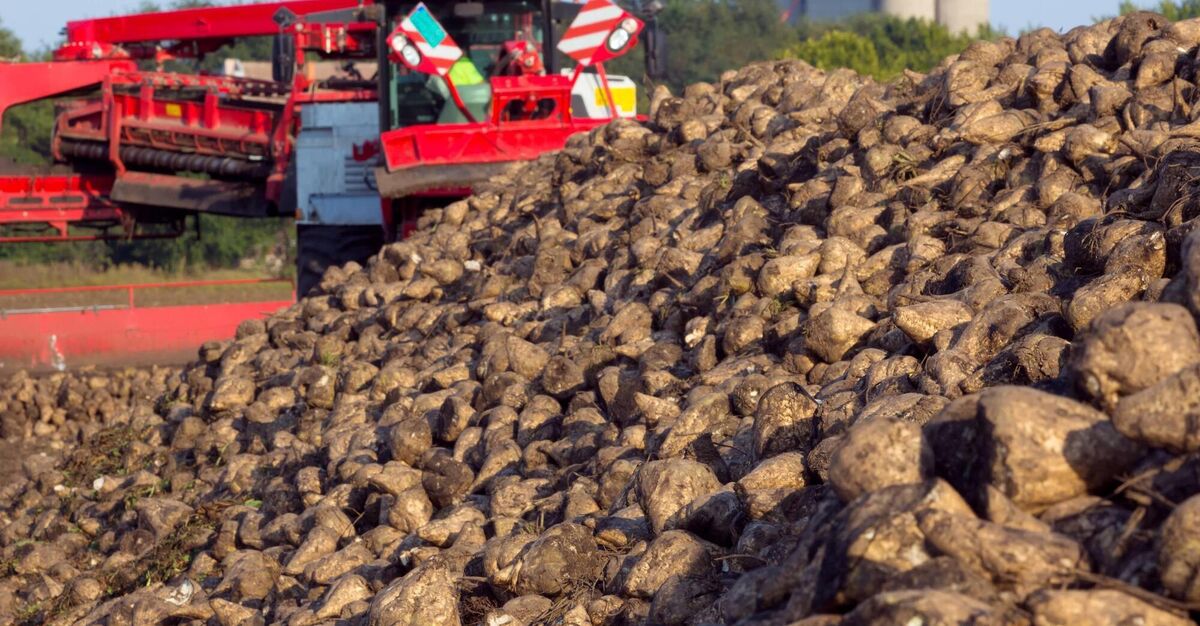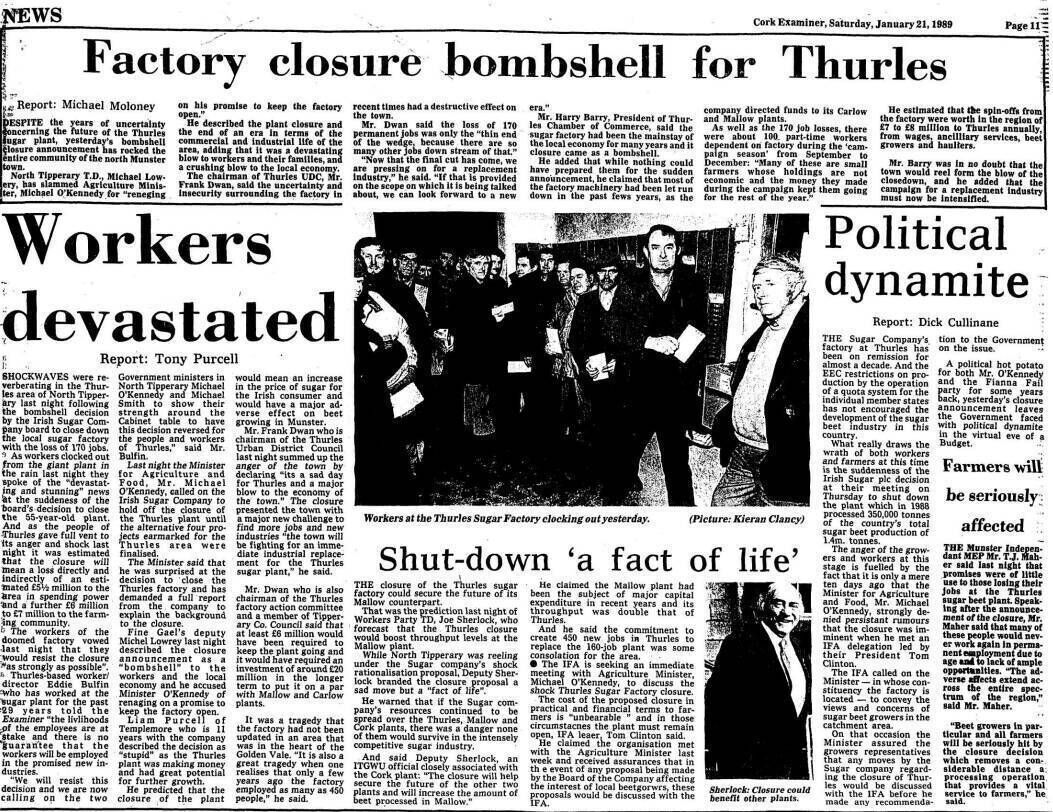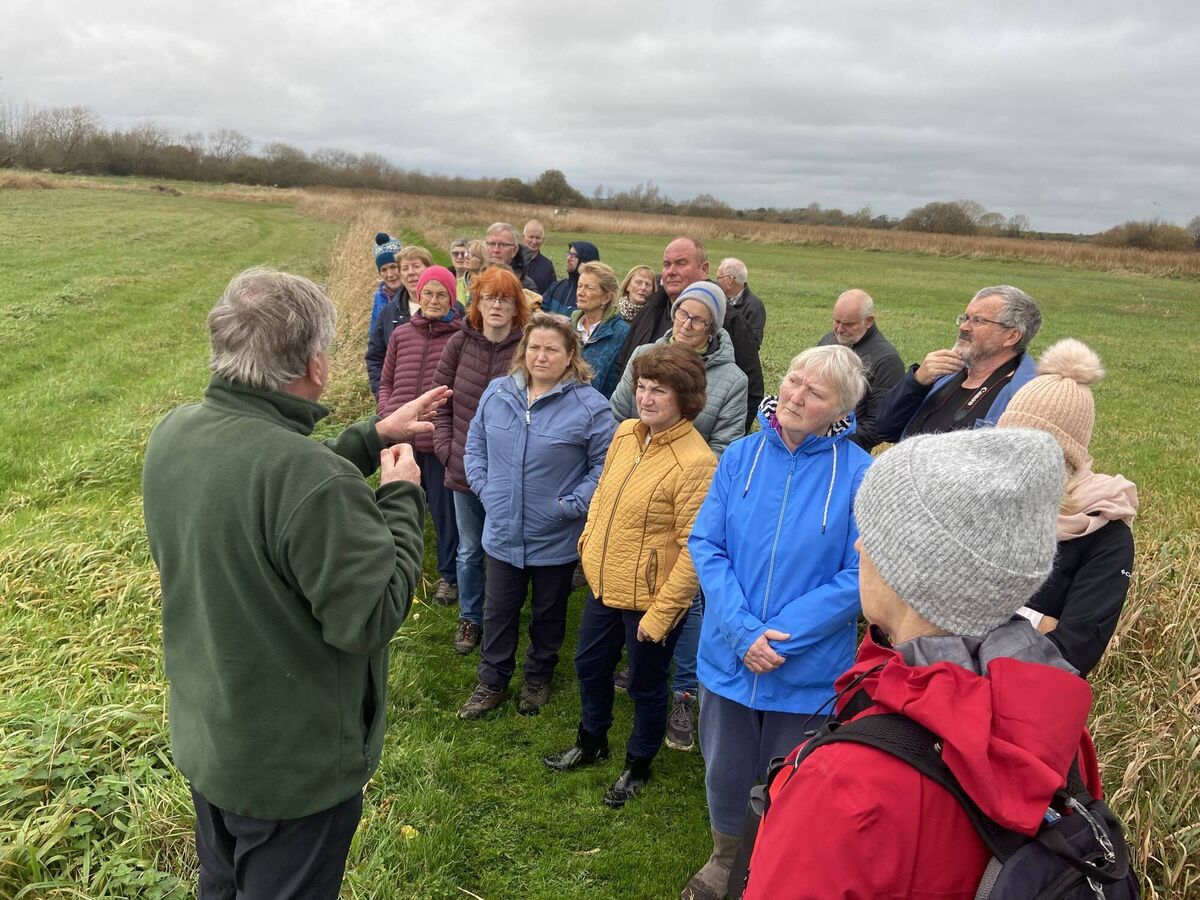Sweet success for Tipp wetlands campaign

Cabragh Wetlands, Tipperary. Picture: Eamon Brennan
Established in 1934, Thurles Sugar Factory brought about a transformation in the fortunes of the town and its hinterland. In an era of acute economic hardship, arising from a worldwide depression and a bitter trade war with Britain, the new factory was described as “manna from heaven” for the North Tipperary town. Offering 300 well-paid jobs and additional seasonal employment during what became known as the “campaign” (the time when the sugar beet was harvested), the facility processed a new and valuable cash crop for the agricultural community at a time of chronically depressed food prices.
Like many heavy industries of its time, however, it created an unwelcome environmental footprint. Sugar beet was washed before processing and the rich, sludgy effluent was released directly into the River Suir. Initially, this was considered of little consequence when so much wealth was being created locally. The Suir was, however, a renowned angling river and during the 1960s the inevitable happened. A series of fish kills attracted attention to the untreated effluent being released directly into the river and keen local angler, Bob Stakelum, spearheaded a campaign to clean up the discharge.

In response, lagoons were built that allowed the sludge to settle from the wastewater before it was discharged into the river. These 'settling ponds' duly created the intended benefit that the fish kills ceased, but the law of unintended consequences also kicked in. Waterfowl took an immediate shine to the rich nutrients in the lagoons and large numbers of widgeon, plover, lapwing, gull and curlew began over-wintering there.

In 1989, the Thurles Factory closed and the Sugar Company filled in the lagoons, despite local people warning that this would destroy an important waterfowl habitat. In response, Cabragh Wetlands Trust was set up to save the remaining habitats. The Trust bought natural wetlands adjacent to the lagoons so as to ensure a continued wintering place for migratory fowl. As well as being rich in biodiversity, the wetlands recycled water, provided a carbon sink and contributed to flood control on the River Suir.
At this time biodiversity was a word that had still to enter the common lexicon and initially, the Cabragh volunteers ploughed a lonely furrow. As the years went by, more people became involved in the restoration and preservation of the Wetlands. Slowly, the seed corn they were planting took root and the Wetlands became popular with locals and for school groups. Funding from the Leader Programme and North Tipperary County Council then allowed for the excavation of new ponds, the creation of bird hides, the purchase of further wetlands, and the construction of a small visitor centre.

The wetlands comprise a mosaic of habitats, including reedbed, tall herb swamp, wet grassland, calcareous fen, transition mire, alluvial woodland, watercourse, lake, ponds and springs
In 2018, the Wetlands made a huge step forward. A new state-of-the-art visitor centre, which has all the necessary facilities for education and research while offering panoramic views over the wetlands, was opened by President Michael D Higgins. With these new facilities, the wetlands became a centre for environmental education and a hub for local community activities. And just last year, the Trust, in another step forward, rebranded itself as the Tipperary Centre for Environmental Learning under the three pillars of conservation, education and recreation.
When I visited Cabragh, volunteers Jimmy Duggan and Gerry Tobin were hosting 25 members of Mid Tipp Hillwalkers for an environmental awareness Nature Fest event. This involved a tour of the Wetlands and a discussion on how wetland ecosystems foster biodiversity and can combat the worst effects of climate change.

Afterwards, Duggan — a long-time supporter of the project — spoke of how Cabragh has now become a leader in ecological education: “Ecological education is a huge growth area and we see it as the primary way ahead for the wetlands project. We have a very dynamic programme for first and second-level schools and now increasingly third-level colleges and adult groups are taking an interest."
Michael Long, the local man who manages the Centre, is a passionate advocate of nature conservation. He tells me that with increasing environmental awareness people are now coming to visit the Wetlands at all times of the year: “Some come here for a quiet walk, some for wildlife observation, some for entertainment or education, some for reflection, while all see a flagship environmental project developed through local and volunteer initiative.”

With extensive parking facilities, the Cabragh Wetlands are located about 3 kilometres from Thurles town and are open for visitors every day of the year. Admission is free and there is a choice of nature trails traversing a wide variety of habitats with one (The Cosmic Walk) telling the story of how life came about on Earth. (Wellingtons are required when water levels are high).
The Cabragh Wetlands Centre offers two state-of-the-art conference rooms and a wide range of facilities to support an extensive programme of education and research.
- Further information: cabraghwetlands.ie





